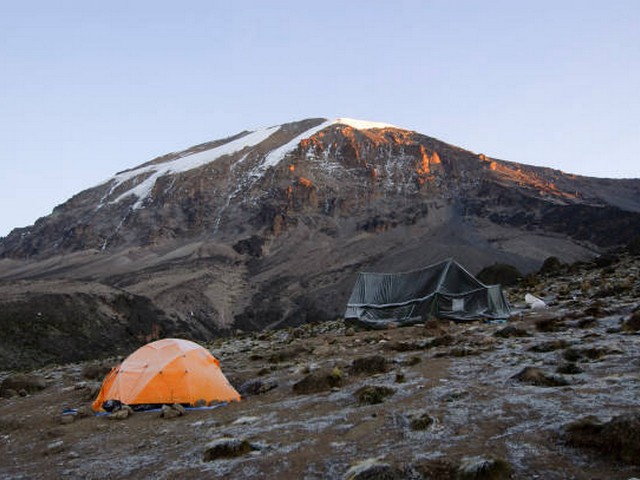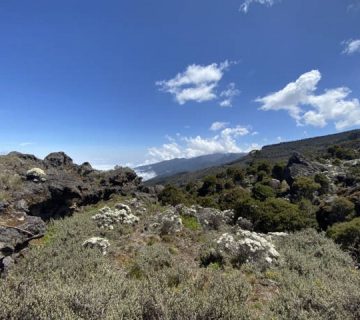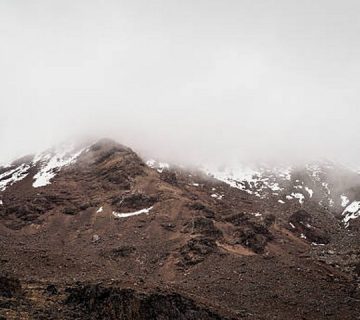Packing For Your Kilimanjaro Trekking Adventure: A Comprehensive Guide
Embarking on the adventure of a lifetime to the mighty Mount Kilimanjaro can be exhilarating, but equally daunting if you’re unsure about what to pack. At the Kilimanjaro Centre for Trekking and Ecotourism (KCTE), we understand that proper preparation is key to enjoying and conquering this majestic mountain. That’s why we’ve compiled this detailed and inspirational guide to help you pack efficiently for your Kilimanjaro trekking adventure.
Why Packing Right Matters
Kilimanjaro isn’t just another mountain; it’s a journey through five unique climate zones—each presenting its own challenges and requiring specific gear. From the tropical warmth of the rainforest to the icy chill of the summit, being unprepared can turn a dream trip into a significant ordeal. Packing appropriately ensures you enjoy the trek comfortably, safely, and with great enthusiasm.
Essential Gear for Kilimanjaro
Clothing: Layer Up for Success
Base Layer:
Start with moisture-wicking base layers. These are crucial as they keep you dry and comfortable by pulling sweat away from your skin. Think lightweight and breathable fabrics suitable for the varying temperatures.
Insulation Layer:
Your next layer should be insulating to keep you warm as temperatures drop. Fleece jackets or down vests are excellent choices, providing warmth without excessive bulk.
Outer Layer:
The outermost layer should be waterproof and windproof, especially for the rainforest zone and the summit night. A good quality, durable, breathable jacket and trousers are necessary to protect against the elements.
Footwear: Your Foundation
Invest in a sturdy pair of waterproof trekking boots with good ankle support. Make sure to break them in well before your trip to avoid blisters. Additionally, thermal socks are vital to keep your feet warm and dry.
Headgear and Handwear:
- Headgear: A sunhat for lower elevations is essential to protect against UV rays, while a thermal beanie is crucial for warmth during cold nights and the summit push.
- Handwear: Waterproof, insulated gloves are necessary to prevent frostbite at higher altitudes.
Other Must-Have Accessories
Sunglasses and Sunscreen
Protect yourself from UV rays with a pair of high-quality UV-protective sunglasses and sunscreen with a high SPF.
Hydration Systems
Staying hydrated is critical. Insulated water bottles or a hydration bladder with a thermal cover can prevent your water from freezing at higher altitudes.
Daypack
A comfortable, durable daypack is vital to carry your essentials like snacks, water, camera, and extra layers during your daily hikes.
Tech and Health
Gadgets
A headlamp for nighttime movements and summit night is indispensable. Also, consider spare batteries or solar chargers to keep your electronic devices powered.
Health Kits
Pack a basic first aid kit, altitude sickness medication (consult your doctor), and any personal medication required for the journey.
Preparing for Different Climates on Kilimanjaro
As you ascend Mount Kilimanjaro, you’ll pass through distinct ecological zones:
- Rainforest Zone: Warm and humid. Light, breathable clothing will serve you well here.
- Heath and Moorland: Cooler with occasional rains. Layers are crucial.
- Alpine Desert: Hot during the day, freezing at night. Your clothing strategy should be versatile.
- Arctic Zone: Extremely cold with strong winds. Insulated, layered clothing is essential for survival.
Pack Smart: Tips for Efficient Packing
- Pack Light: Every extra pound can feel like five by the time you reach Uhuru Peak.
- Use Packing Cubes: They help organize your gear within your duffel bag or backpack.
- Check Weight Limits: Be aware of the porter weight limits set by Kilimanjaro National Park.
Why Choose KCTE for Your Kilimanjaro Adventure?
At Kilimanjaro Centre for Trekking and Ecotourism (KCTE), we don’t just provide tours; we offer meticulously planned, safe, and unforgettable experiences guided by local experts deeply familiar with the mountain. Sustainable ecotourism is at the heart of what we do, ensuring that the beauty of Kilimanjaro remains untouched for generations to come.
By booking your climb with KCTE, you’re choosing a premier partner who values your safety, enjoyment, and the environment.
FAQ: Packing for Kilimanjaro
What should I not bring to Kilimanjaro?
Avoid cotton clothing as it absorbs moisture, jeans, heavy books, and unnecessary gadgets. Keep it simple and essential.
Can I rent gear locally?
Yes, KCTE offers rental options for high-quality gear. It’s a great way to reduce your luggage size and support local businesses.
How should I pack my daypack?
Include water, snacks, camera, sunscreen, extra layers, and your rain gear. Keep it light and manageable.
In Conclusion
Packing for your Kilimanjaro trek doesn’t have to be a daunting task. By following this detailed guide and preparing accordingly, you’ll set yourself up for a successful and memorable adventure. Remember, every item in your pack is a step closer to conquering the rooftop of Africa.
Ready to embark on your Kilimanjaro journey with the utmost confidence in your preparation? Book your adventure today with Kilimanjaro Centre for Trekking and Ecotourism (KCTE) and experience the difference with Tanzania’s leading Kilimanjaro experts. See you at the summit!
Book your Kilimanjaro adventure with KCTE now!
Adventure awaits—are you ready to meet the challenge?




